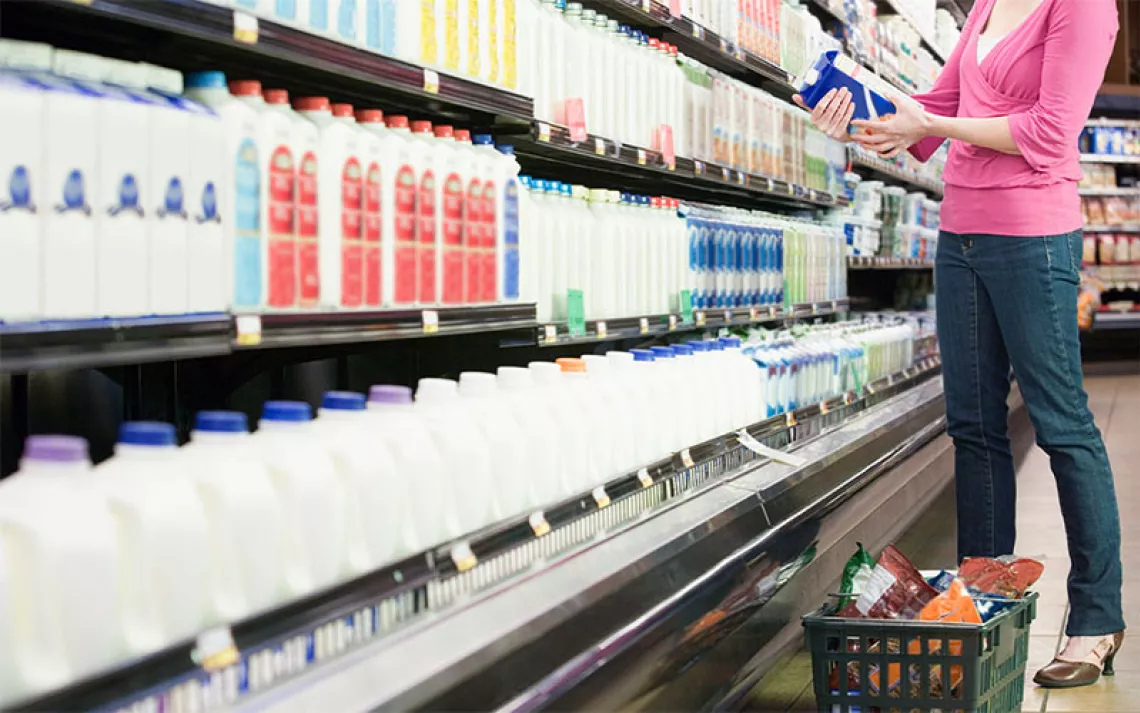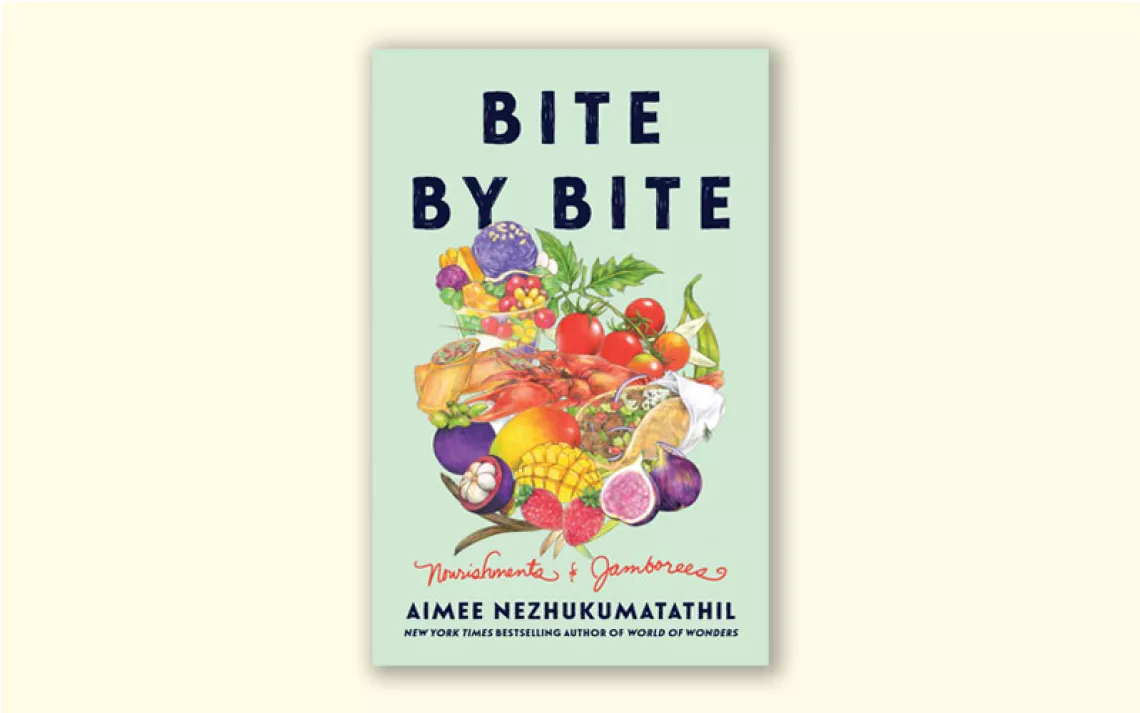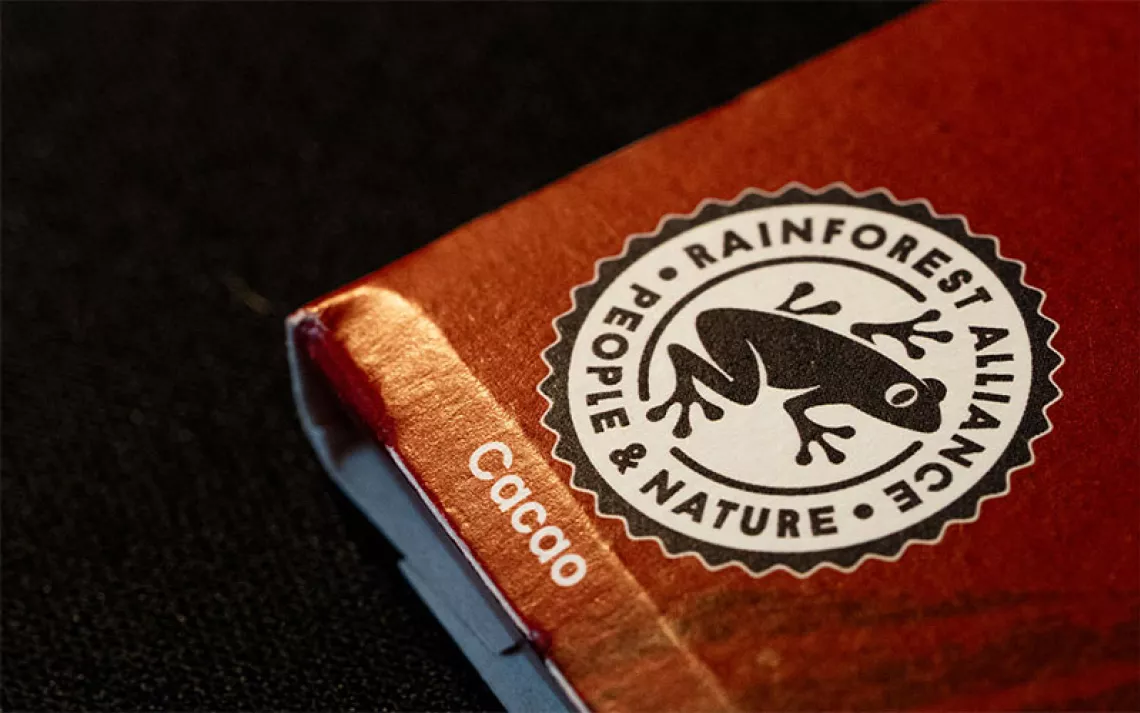A Feathered Solution for Food Waste
Backyard chickens are a great way to reduce greenhouse pollution
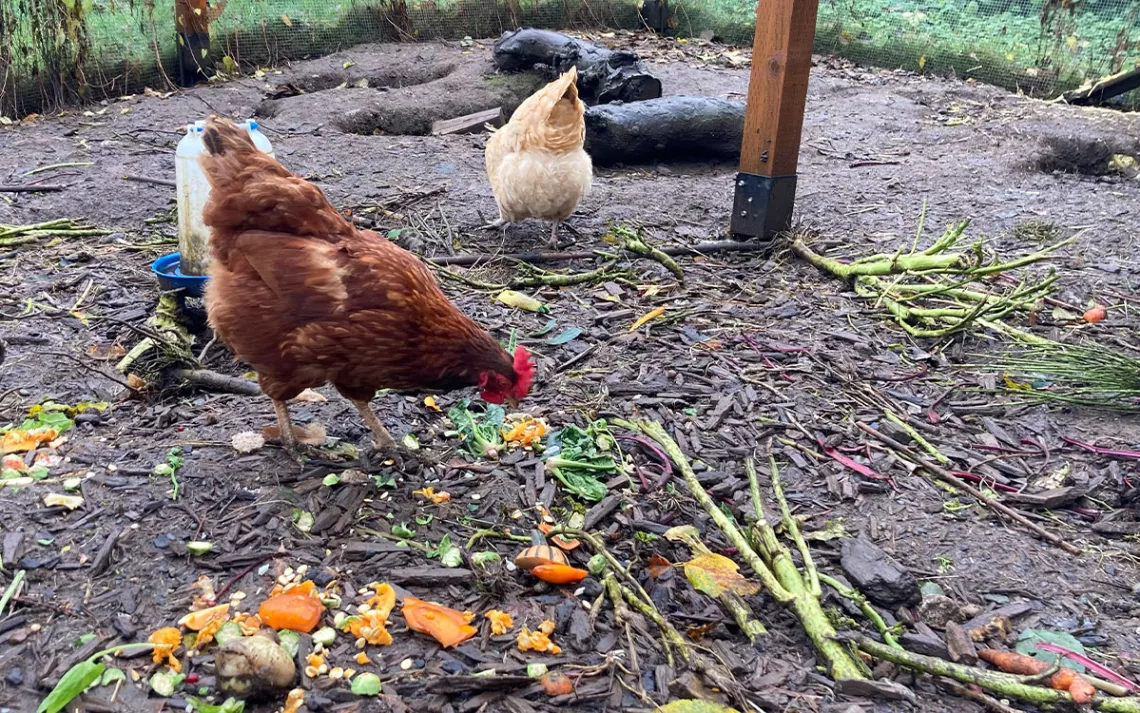
The Thanksgiving feast is over, the table has been cleared, and that big pile of dishes is mostly cleaned up. Now you confront a decision—and it’s not just whether to nap or watch the football game. What’s the best way to dispose of all the food scraps from the big meal?
Food waste is a major source of greenhouse gas pollution. According to the EPA, each year food waste in the United States generates the equivalent of about 170 metric tons of CO2—about the same as 42 coal-fired power plants. That figure doesn’t include landfills’ methane emissions, and if it did then the figure would no doubt be higher. Globally, food waste is responsible for about 8 percent of human-caused greenhouse gas pollution. To put that in perspective, the global aviation sector accounts for about 2.5 percent of total emissions—making food waste a problem at least three times as large.
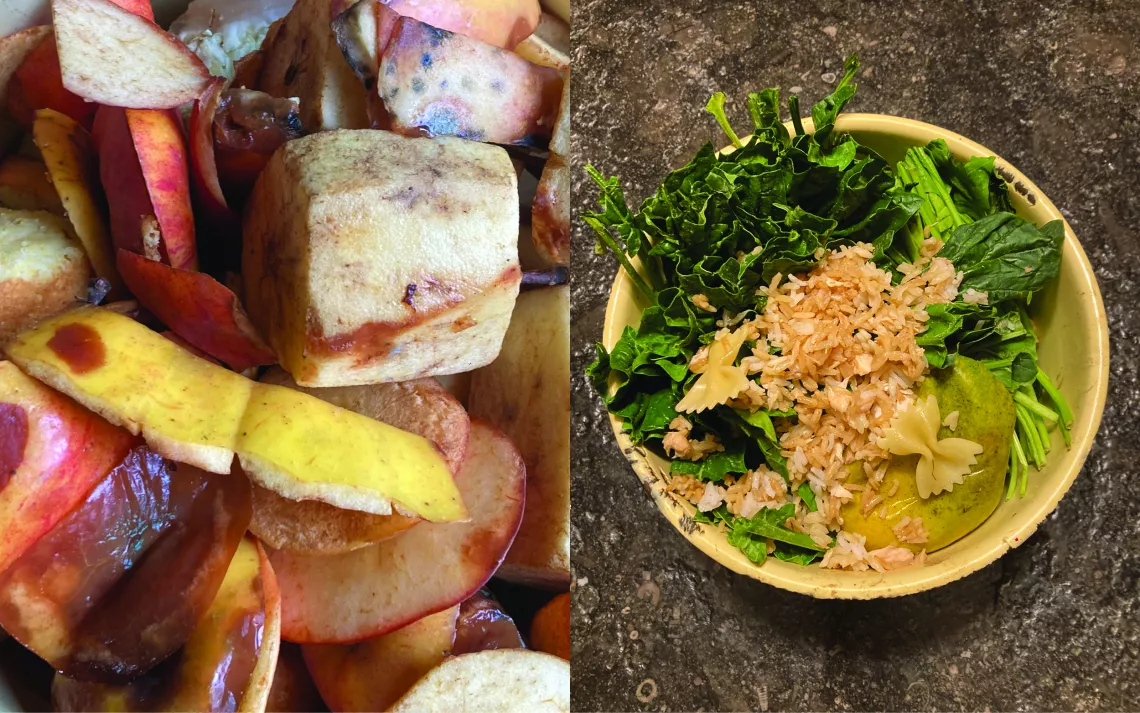
Chickens will eat just about anything.
There are a number of things you can do to reduce your household’s contribution to this problem. Many of them are simple adjustments, like better understanding those “sell by” dates on grocery products, embracing ugly produce, organizing your refrigerator in a smarter fashion, and upcycling that turkey carcass into delicious leftover dishes. Backyard composting is another great way to reduce food waste emissions. And if you live in an apartment, you can always go with a worm bin.
Here’s another strategy for reducing food waste: Get a flock of backyard hens. I’ve kept chickens for years, and my experience in suburban homesteading has taught me that there’s no more productive way of recycling food scraps than feeding them to chickens.
There are many reasons to raise backyard poultry. Fresh eggs or (if you’re especially ambitious) home-raised meat is an obvious one. There’s a profound sense of abundance that comes with being able to source your breakfast from just outside the backdoor. And while chickens are livestock more than they are pets, they can also deliver that joy of companionship that comes with any inter-species relationship. Many breeds are stunningly beautiful, and most any chicken will provide an occasional dose of hilarity.
"It is better to put food scraps in a chicken coop than in a landfill."
In that sense, chickens’ ability to gobble up food waste feels like a bonus. But over time, I’ve come to believe that the birds’ eagerness to scoop up my kitchen scraps is one of the top reasons to keep a poultry flock. They are the ultimate garbage disposal—a food recycling system that pays out dividends to both your household food stores and climate stability.
Chickens are omnivores. They’ll eat just about anything, and mine do. Veggie scraps from the cutting board, melon rinds, leftover pasta, old hard rice, the stale heel of a bread loaf, the chip dust at the bottom of a snack bag—all of it is haute cuisine as far as our birds are concerned. We keep a tin pail next to the sink. At the end of every day, it’s packed with scraps and leftovers, and every morning they're delivered fresh to the chicken run. (Pro tip: Dispose of the leftovers in the morning, so the birds have all day to chow down, reducing the amount of scraps that may be left at nightfall, which could attract vermin.)
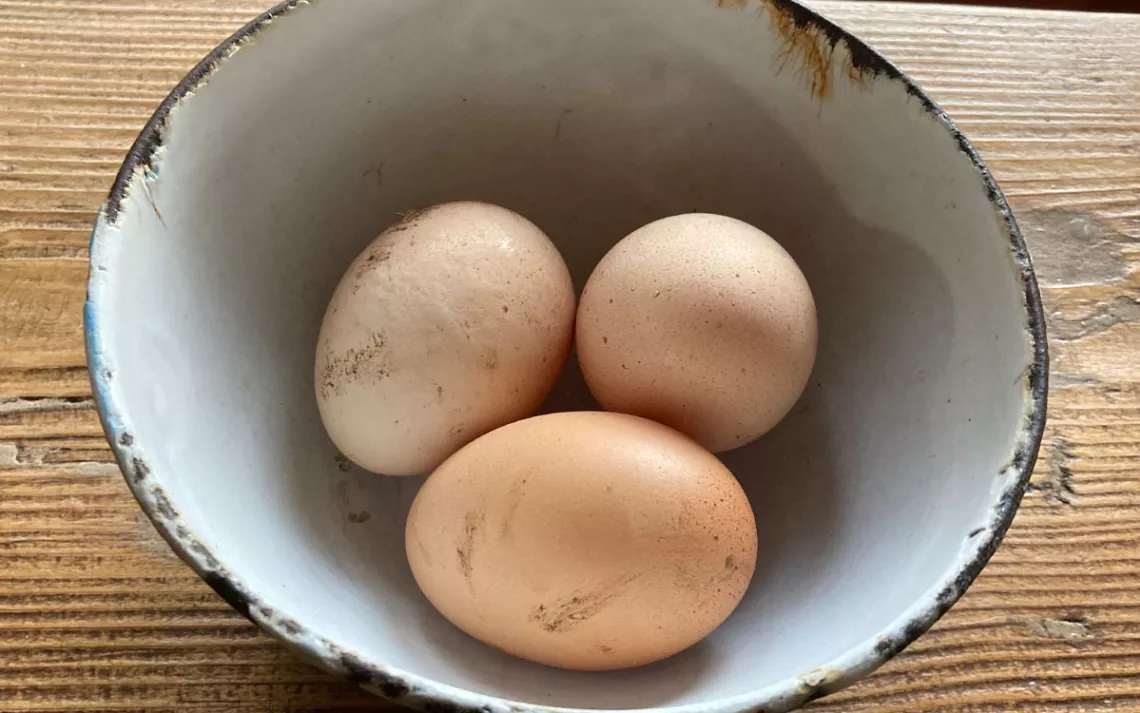
Eggs from the author’s flock.
There are a few foodstuffs we hold back. We obviously don’t give the birds eggshells and chicken (that’s weird and gross), and in general we avoid tossing them meat (though they’ll happily vacuum up bits of fish). We’re mindful about not putting too much old cheese in their slop pail, and we’ve learned that they don’t really like citrus rinds or avocado peels. Coffee grounds are a no-no, so those go to the compost pile. Aside from that, they’ll happily devour whatever we throw to them.
No doubt it all sounds very pastoral and back-to-the-land-y. But chickens as a food-waste-reduction strategy is more than just a homesteader’s dream. Research proves that this is an effective—and accessible—solution to slash US food waste emissions.
Tonight’s scraps are transformed into tomorrow morning’s omelet.
Maureen Breen is a researcher who has studied this (her doctoral thesis was titled “The Value of Backyard Chickens in Reducing Municipal Solid Waste”), and she’s done the math to demonstrate the climate virtues of chickens. According to Breen’s research, a backyard chicken consumes roughly 1.6 pounds of foods scraps per week, which translates to more than 80 pounds per year. This has real climate benefits. Breen calculated that in the course of its lifetime pooping, a chicken will produce less than half of the greenhouse gas pollution produced by the decomposition of food waste. “Clearly, it is better to put food scraps in a chicken coop than in a landfill,” she concluded. According to the EPA’s Food Recovery Hierarchy, sending kitchen waste to the birds is even better than composting.
That’s all good and well, I can hear someone say, but could backyard poultry flocks really be a systemic solution to the greenhouse gas pollution from food waste? Can it scale?
It can. A number of years ago, Austin, Texas, launched a zero-waste program under which the city offered residents a $75 voucher to offset the cost of a chicken coop. In addition to its environmental benefits, the Austin program was also focused on reducing the city’s trash disposal costs. Food is the most common item thrown into garbage cans, and hauling garbage is expensive. The way Breen figures it, the city’s $75 voucher paid for itself in as little as three years. In the long run, a city-subsidized backyard chicken program can be cheaper than sending food to the dump.
Extra points: You can keep backyard poultry almost anywhere. I may live on the edge of town today, but for years I kept chickens in Oakland, California—not exactly a Green Acres setting. In most major cities, it’s perfectly legal to keep chickens; you can find a handy compendium of local ordinances at Backyardchickens.com.
If you decide to take the leap and get some birds, you may discover, as I have, that something as plain as a flock of hens can fundamentally transform the very idea of waste. There’s an old ecological axiom that in nature there’s no such thing as waste. Leaves decompose to make soil; a salmon carcass fertilizes a redwood; one animal’s demise becomes another animal’s dinner. Nature is a circular system, a fact that backyard chickens make plain.
There’s an almost Pythagorean symmetry to it all. Tonight’s scraps are transformed into tomorrow morning’s omelet. Waste is alchemized into wealth. The circle comes around again, in the form of a shell’s orb.
 The Magazine of The Sierra Club
The Magazine of The Sierra Club

